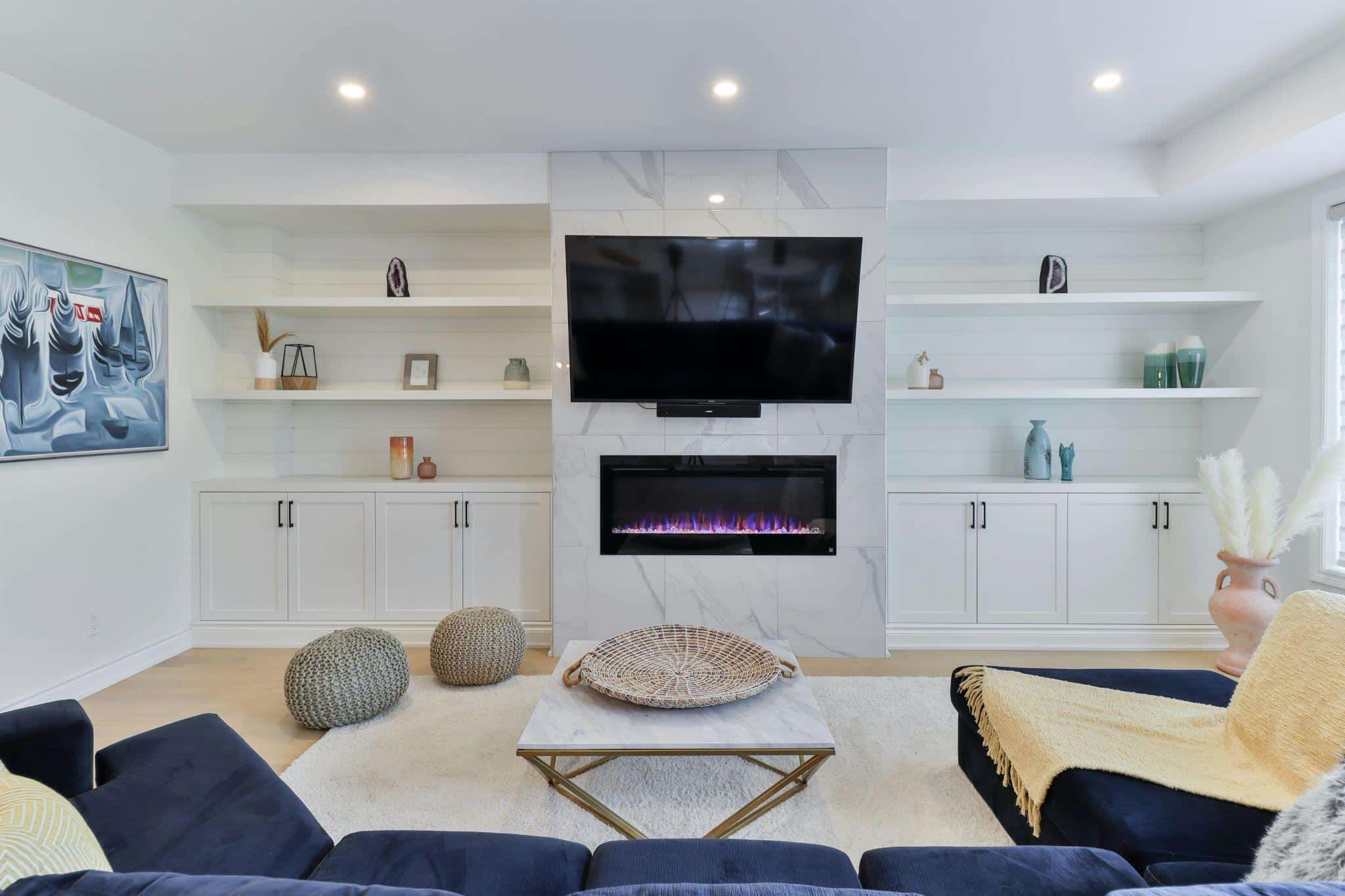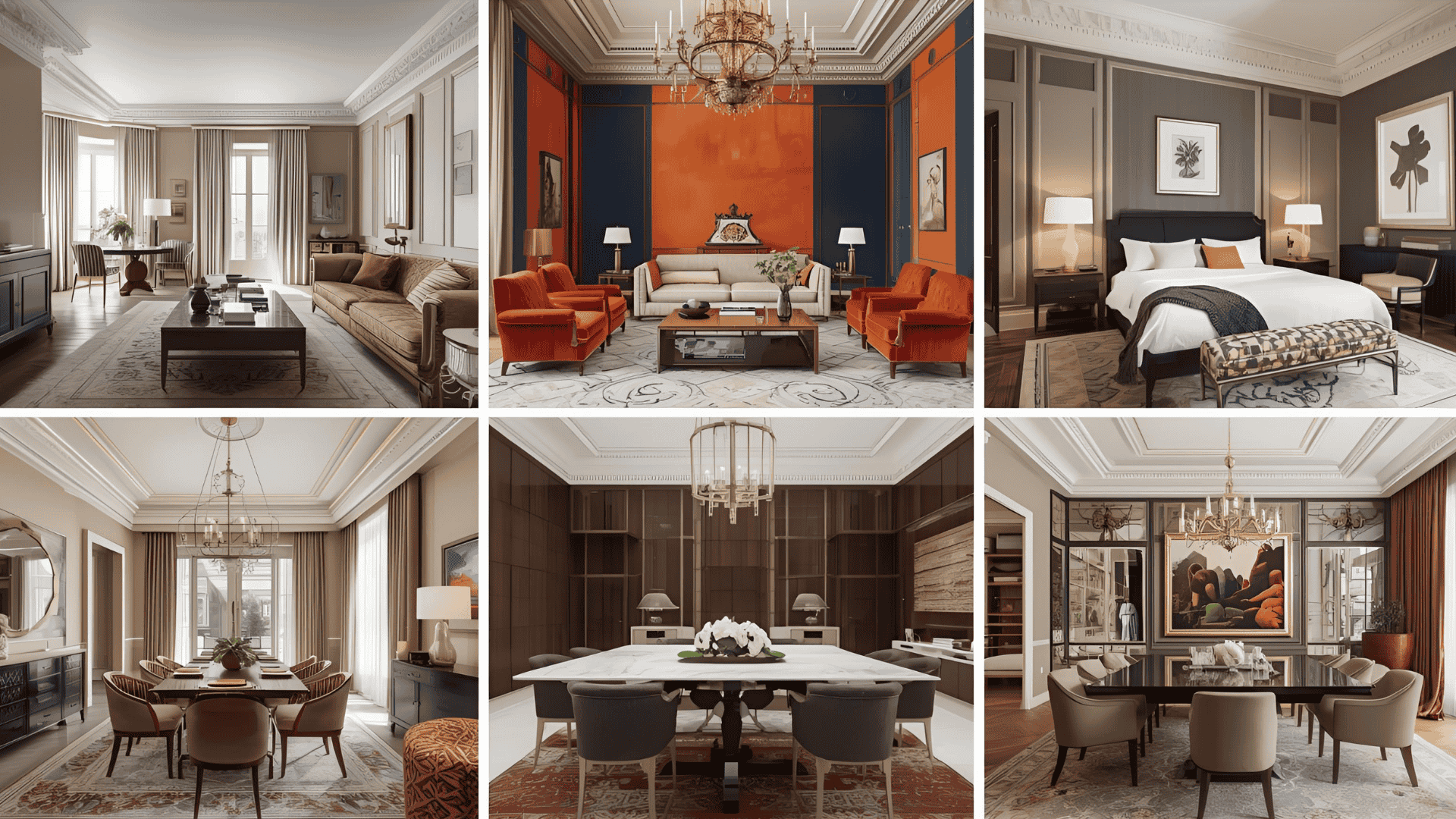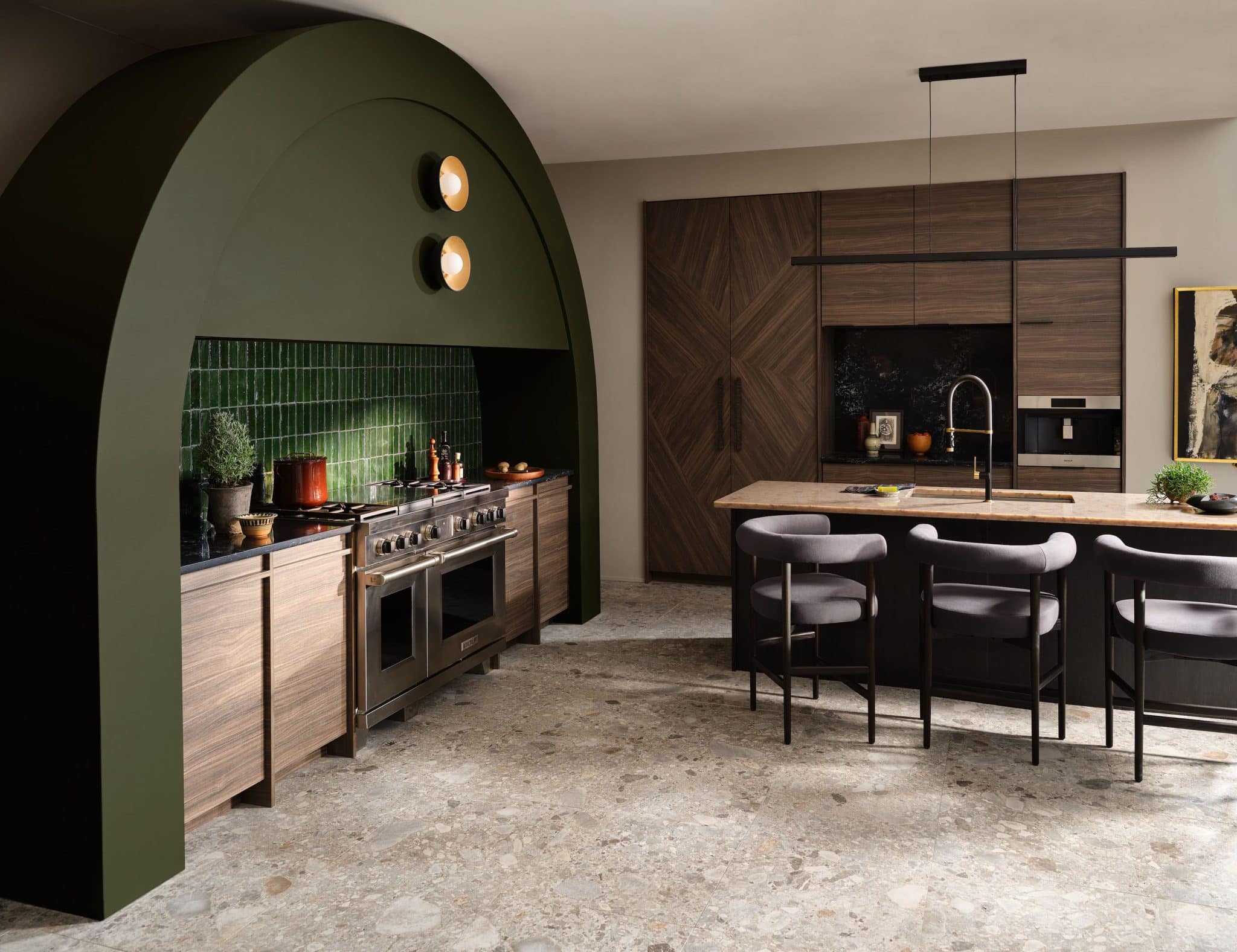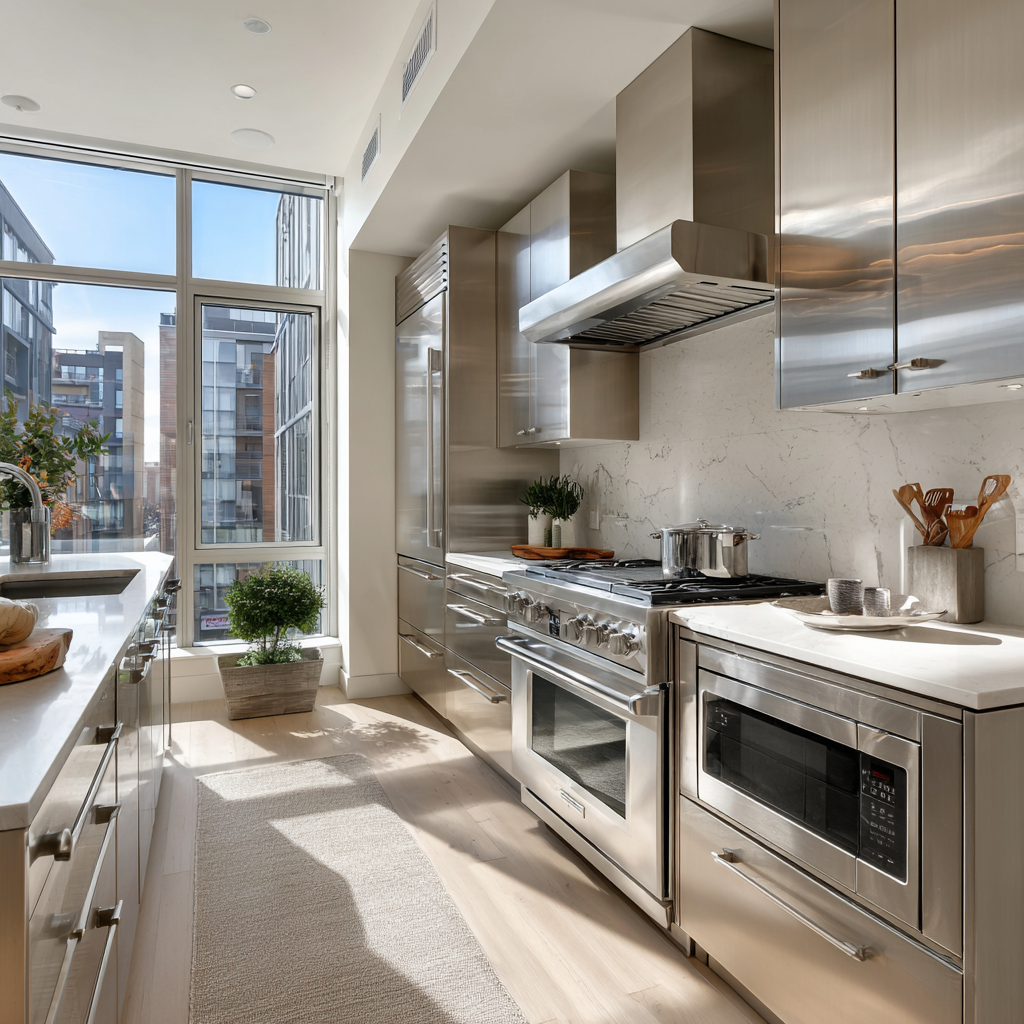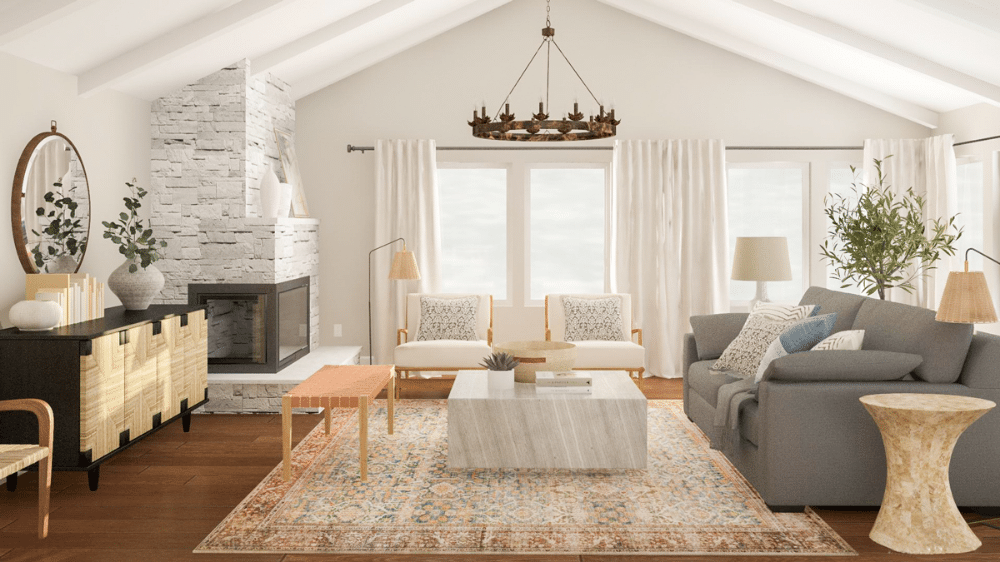The Art of Layering: Mixing Textures for a Cozy Home
Creating a cozy and inviting home is a pure art. The thoughtful layering of textures is one of the key elements that desire significant attention. Just like the mindful selection of sofa slipcovers can transform a living room, the interplay of different textures sets the stage for a comfy and visually captivating living space. Today we invite you to delve into the intricacies of layering textures, exploring the foundation of base textures, the art of mixing contrasting and complementary elements, and the blissful world of textiles.
Choosing Base Textures
The base textures of your home are the cornerstone on which the entire design is built. Smooth and matte paint finishes, textured wallpapers, hardwood floors, and stone surfaces create the foundational backdrop. Together, these elements set the initial tone for your space, providing a versatile and impactful starting point for the artful layering of textures.
As you explore the tactile experience within your living environment, pay attention to the seamless interplay of elements. The smoothness of ceilings and the intricate grain patterns of wooden furniture contribute to an overall sensory richness. Delve into the balance between sleek surfaces like glass or polished metal and the authentic, textural embrace of exposed brick walls. This dynamic relationship forms the essence of a space where harmony and comfort coexist.
When it comes to introducing a textural foundation, consider the transformative power of rugs. Opt for natural fiber carpets like jute or sisal, especially when placed on the firm floor. For an extra layer of intrigue, patterned mats become a means to infuse your space with colors and prints that seamlessly align with the overarching design vision.
The Art of Layering — Mixing Textures
Layering textures and mixing them effectively are essential techniques in interior design that add depth, visual interest, and a sense of richness to a space. Contrast, complementation, and multi-texturing are three design pillars that play an important role in creating visually appealing and balanced interiors.
Contrast and Complement
Contrast is the zest of design, creating visual intrigue by highlighting differences in texture. A sleek leather couch against a plush, textured rug is a prime example of how contrast can elevate a room. On the flip side, complementary textures work harmoniously to create a cohesive theme. For instance, pairing a smooth glass surface with a polished wooden side table achieves a subtle elegance that complements the overarching aesthetic.
Multi-Textured Furniture
Instead of having a monotypic texture across the entire piece, think of opting for a blend of different textural elements. This creates a more visually interesting look as well as adds character and tactile quality to the furniture.
Examples of multi-textured furniture might include ottomans or chairs with a combination of slick and textured upholstery, such as a leather base paired with fabric cushions featuring intricate patterns or tactile weaves. Another avenue for multi-textured design is opting for furniture with contrasting materials, like a wooden frame combined with metal accents.
Textiles — Don’t Miss the Bliss
Textiles play a significant role in home interior design, contributing to both the aesthetic and functional aspects of a space. They are typically made from fibers that can be natural, synthetic, or a combination of both. Here’s how textiles are commonly used in home interiors:
- Sofas, Chairs, and Ottomans. Textiles are extensively used to upholster furniture, providing comfort and adding style to living spaces.
- Curtains and Drapes. Textiles are used for window coverings to enhance privacy, control light, and add a decorative element.
- Bed Linens. Textiles such as sheets, duvet covers, and pillowcases contribute to the overall comfort and visual appeal of a bedroom. Different fabric choices offer varying levels of softness and breathability.
- Area Rugs. Textiles on the floor, such as area rugs, add warmth, define spaces, and introduce patterns or textures to a room. Carpets, covering larger areas, contribute to the overall comfort and style.
- Decorative Accents. Throw pillows and blankets can add pops of color, introduce different textures, and can be easily changed to refresh the look of a space.
- Tablecloths and Napkins. Textiles are used to dress dining tables, adding elegance and protecting surfaces.
- Fabric Art. Textiles on walls, such as tapestries or fabric wall hangings, contribute to the visual interest of a room. They can also serve as a focal point or backdrop.
- Lampshades. Textiles are often used for lampshades, influencing the quality and warmth of light in a room.
Just as nature changes its textures with the seasons, your home can adapt to the ebb and flow of the year. Cozy up with faux fur or knits in colder months and embrace lighter textures like linen, cotton, or microfibre as the weather warms. This dynamic approach ensures that your space remains cozy and inviting throughout the year.
The art of layering textures is a harmonious symphony with each element contributing to a stunning visual composition. From choosing the right base textures to mastering the art of layering with contrast and complement, your home transforms into a haven of coziness and style. Embrace the blissful world of textiles, where accent pieces add the finishing touches. In the end, it’s your personal touch that makes your home a truly inviting and unique space.


